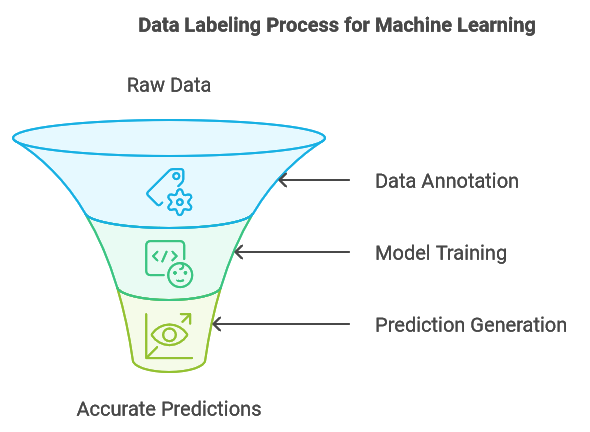Data labeling is the process of adding meaningful tags or annotations to raw data enabling machine learning algorithms to train and fine tune the models more effectively and generate accurate predictions. Machine learning, computer vision, natural language processing. Without proper labels, machine learning algorithms cannot effectively process the context for the training data leading to inaccurate predictions and classNameifications. Challenges – consistency across labels, handling subjective labeling, sourcing qualified labelers, data privacy, time and labour intensive, prone to human errors, added layer of management

Enhances communication and collaboration across traditionally siloed teams, such as data science, development, and operations, fostering a more integrated workflow.
Ensures Long-Term Application Health by versioning, tracking, and monitoring, ensuring models remain robust and reliable over time.
Enhances Model Reliability and Performance.
Robust security measures and ensur compliance with industry regulations, protecting sensitive data and maintaining trust. supports an increasing number of models and more complex workflows

Image labeling.

Text Labeling

Audio Labeling.

Video Labeling
Iteratively collect real data, auto-label, correct and fine tune model Experienced and well trained labelers Strict Quality Assurance process Data privacy and security